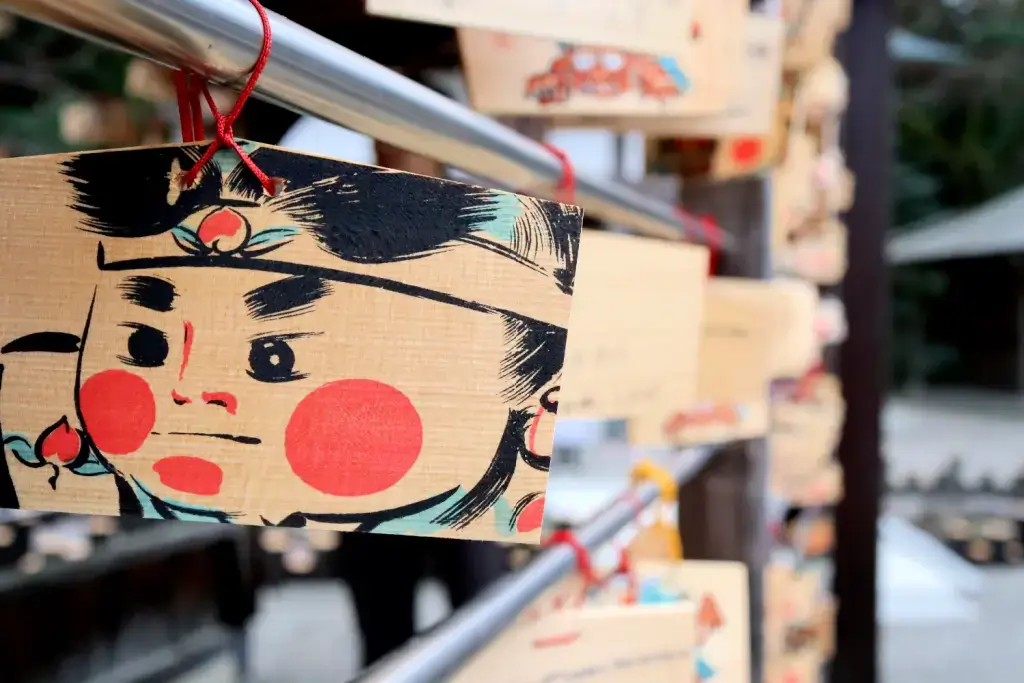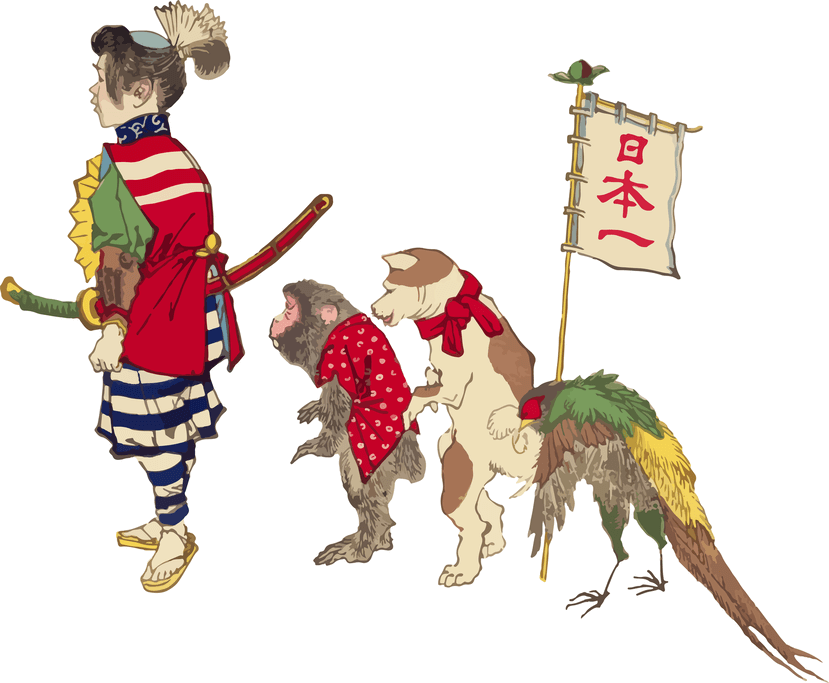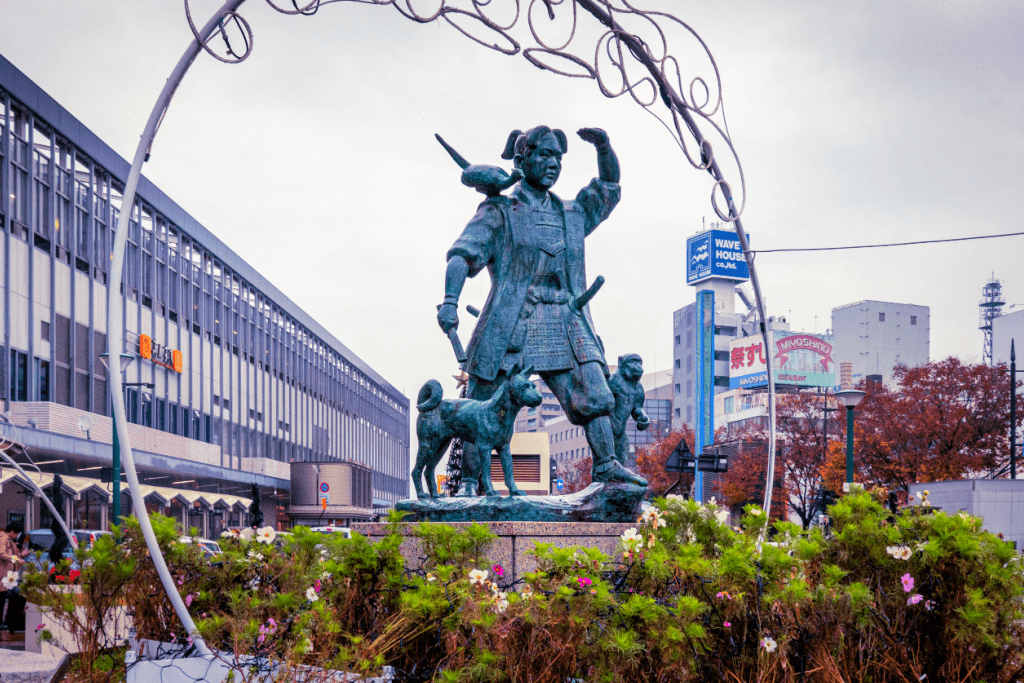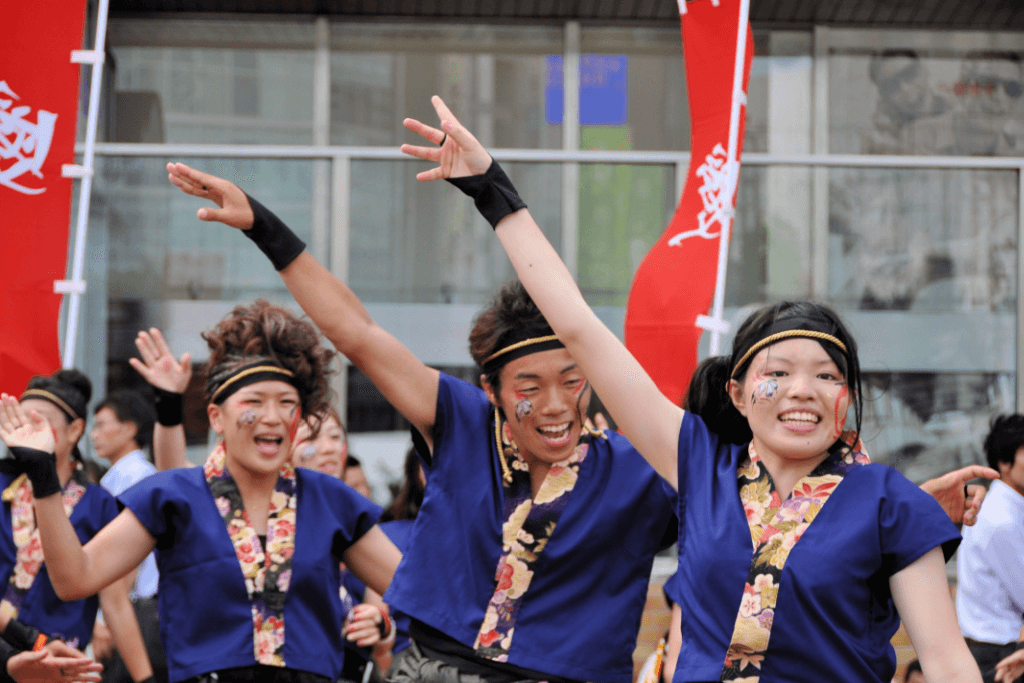culture, japanese festival, momotaro, okayama, peach boy
The Triumph of Momotaro: Celebrating the Courageous Peach Boy

Anna Ayvazyan
Posted on May 30, 2023
Share:

Japan has a lot of mythical stories and legends that are still popular amongst people today. One of the most famous legends is about a boy called Momotaro, or “Peach Boy.” He is one of Japan’s earliest examples of a superhero in Japanese folklore.
Despite its popularity, the exact origin of the Momotaro story remains uncertain because it has been transmitted orally for centuries. Many scholars presume that the story of Momotaro has been around since at least the Muromachi Period (approximately 1336 to 1573). It first appeared in written works around the Edo period.
Okayama Prefecture heavily associates the story of Momotaro, although there is no official historical proof. This connection mainly stems from the mention of Onigashima, which sometimes links to Megijima Island, an island near Takamatsu in the Seto Inland Sea. Furthermore, Okayama’s fame for its delicious peaches makes them the primary symbol in the story.
The Story of the “Peach Boy”
The legend has varied over the centuries, but most elements have remained the same. It begins with an elderly childless couple living in the mountains. The older man goes out daily to chop wood, whereas his wife goes to a river to wash clothes. One day as the woman was washing clothes in the river, she discovered a giant peach floating down the river.

Surprised at the size, the woman brings the giant peach home to show her husband. The older man was getting ready to eat it when suddenly, a little boy came out of the peach. Seeing him, they decided to call him “Momotaro,” Momo meaning peach and Taro meaning boy. The elderly couple decided to raise Momotaro as their son.
What happened to Momotaro as he got older?
Momotaro grew up to be very strong and brave. One day news came about that some oni (demons) were creating havoc. Momotaro heard the news and decided it was his destiny to fight the Oni. To prepare for the journey, the older woman gave Momotaro some millet dumplings, referred to in Japanese as kibi dango. Along the way to the Oni, he met some companions, a monkey, a dog, and a pheasant, and shared the kibi dango with them.
After receiving Momotaro’s kindness, the animals made an agreement to accompany him to Onigashima Island. According to the legend, Oni resided there and would cause further chaos if not stopped. Upon arrival, they discovered the locked door at the Oni’s dwelling. At that moment, the pheasant aided them by flying over the wall and enabling the others to enter.

While Momotaro engaged in battle with the Oni, the other animals actively participated by pecking, scratching, and biting them. Eventually, the Oni surrendered and gave Momotaro and his friends all their treasures. After that, Momotaro and his friends returned to their village and lived happily ever after with much treasure.
Other versions of the story say that the peaches had mysterious powers and that if you ate them, you could get healed. So when the elderly pair tried to eat the peach, they became younger. Instead of Momotaro coming out of the peach, he arrived through the woman – her pregnancy went on for three years!
Are you looking to enjoy even more of Japan’s legendary food? Try Sakuraco! Sakuraco delivers traditional Japanese snacks, sweets, tableware, and more from local Japanese makers right to your door, perfect for a pleasant snack time at home!
Why is Momotaro such an important story?
While it is a familiar story of good winning over evil, it is still an important story in Japanese culture due to the symbolism throughout the story. For example, food is seen as a natural gift, 1st when the peach is discovered in the river. A famous folklore specialist, Yanagita Kunio, says that the river is meant to act as a symbolic link between man and the spirit world. Thus, Momotaro is seen as a gift from God to help the village.

The Ministry of Education also used the story of Momotaro in the late 19th century to teach patriotic values. The story also appeared in elementary school books. It was thought that children would grow up to think they were like Momotaro. As metaphoric Momotaro, they would kick the Oni (the foreigners) out of Japan during World War 2.
The Okayama Festival
If you visit Okayama Station, one of the first things you will see is a statue of Momotaro and his friends outside the station. At many of the tourist shops in Okayama, you can also find Kibi Dango souvenirs. There is now a variety of Kibi Dango, including peach, grape, kinako, and chocolate flavors!

Okayama is also very famous for its peaches, often cited as being the tastiest peaches in Japan. Usually, their peaches are very expensive in supermarkets, but you can get them cheaper in Okayama. The peach season runs from early July to late August; during this time, many cafes also have unique peach desserts.
In the summer, a festival dedicated to Momotaro is called Okayama Momotaro Festival. Many dancers take to the street at this festival and cosplay as Momotaro. Following the dance parade, there are usually fireworks at night too! This year the festival will happen on August 5th and 6th.
The story of Momotaro is simple yet fascinating. In a way, it feels similar to some stories we may have grown up with. What’s your favorite story that is similar to Momotaro? Let us know in the comments below!

Discover authentic flavors with Sakuraco
Get Sakuraco 

Discover authentic flavors with Sakuraco
Get Sakuraco 
Related Articles

Japanese Crane Origami: The Magic of Renzuru
In Japan, a simple paper crane carries deep meaning as a symbol of peace, healing, and hope. But take that one crane and connect hundreds into a flowing chain, and you create renzuru, linked origami cranes that transform a single fold into a breathtaking arrangement of color and hope.

Steam Train in Shizuoka: Riding the Oigawa Railway
For travelers who love history, beautiful views, and cozy retro vibes, this steam train is one of Shizuoka’s most charming treasures, with some of the best views. If you want to know more about this train, keep reading below!

Nara Japan: The Amazing Legend of the Sacred Dragon
In Japanese culture, dragons are spiritual beings that represent strength, prosperity, and a harmonious balance with the natural forces. Nara, Japan, has a unique story associated with sacred ponds and revered shrines throughout the region.

Nambu Tekki: Morioka’s Amazing Iron Craft
In the historic city of Morioka, Iwate Prefecture, a craft with over 400 years of history continues to captivate with its rustic beauty and practical charm. Nambu tekki, or Nambu cast iron, refers to traditional ironware, such as teapots, kettles, and decorative pieces, that embody the spirit of Tohoku craftsmanship.



